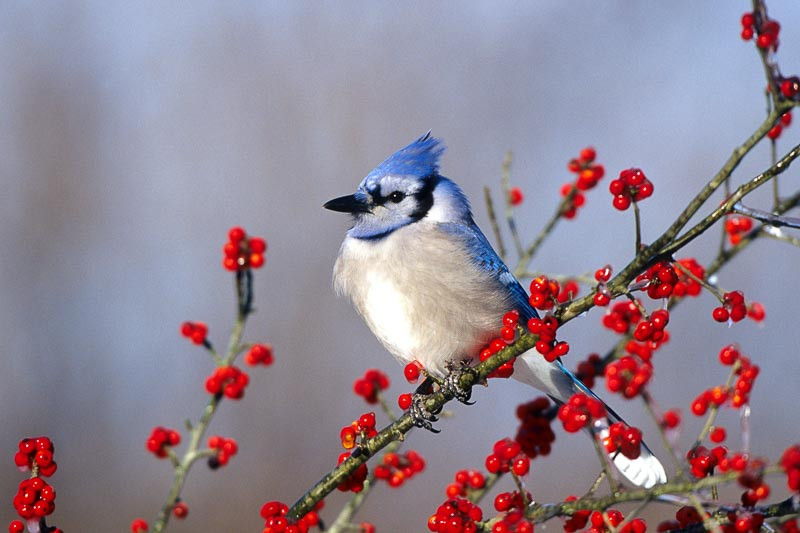Crataegus (Hawthorn) - Expert Tips for Gardening Success
Hawthorn (Crataegus) is versatile and resilient, offering gardeners a spectacular show from spring to fall with abundant flowers, vivid fruits, and striking foliage. Here are expert tips to ensure your Hawthorn thrives:
Right Spot: Most Hawthorn species thrive in full sun, which enhances flower and fruit production, but they can tolerate partial shade. Ensure it’s planted in a location that accommodates its mature size.
Soil Needs: Hawthorns are adaptable to various soil types but prefer moist, well-draining soil. They can handle slightly alkaline to acidic pH levels. Improve heavy soils with compost to aid drainage.
Pruning: Late winter is ideal for pruning Hawthorns. Remove any diseased, damaged, or crossing branches to maintain a healthy structure. Pruning also helps in shaping the tree and controlling its size.
Pests and Diseases: Keep an eye out for common issues like aphids, leaf blight, and rust diseases. Healthy plants resist pests better, so ensure your Hawthorn isn’t water-stressed. For diseases, fungicidal sprays can be effective when applied early.
Mulching: Apply organic mulch around the base to retain moisture, regulate soil temperature, and reduce weed growth. Avoid piling mulch against the trunk to prevent rot.
Wildlife: Hawthorns are a boon for wildlife gardens, attracting pollinators with their flowers and birds with their fruits. Consider companion planting with native species to create a vibrant ecosystem.

